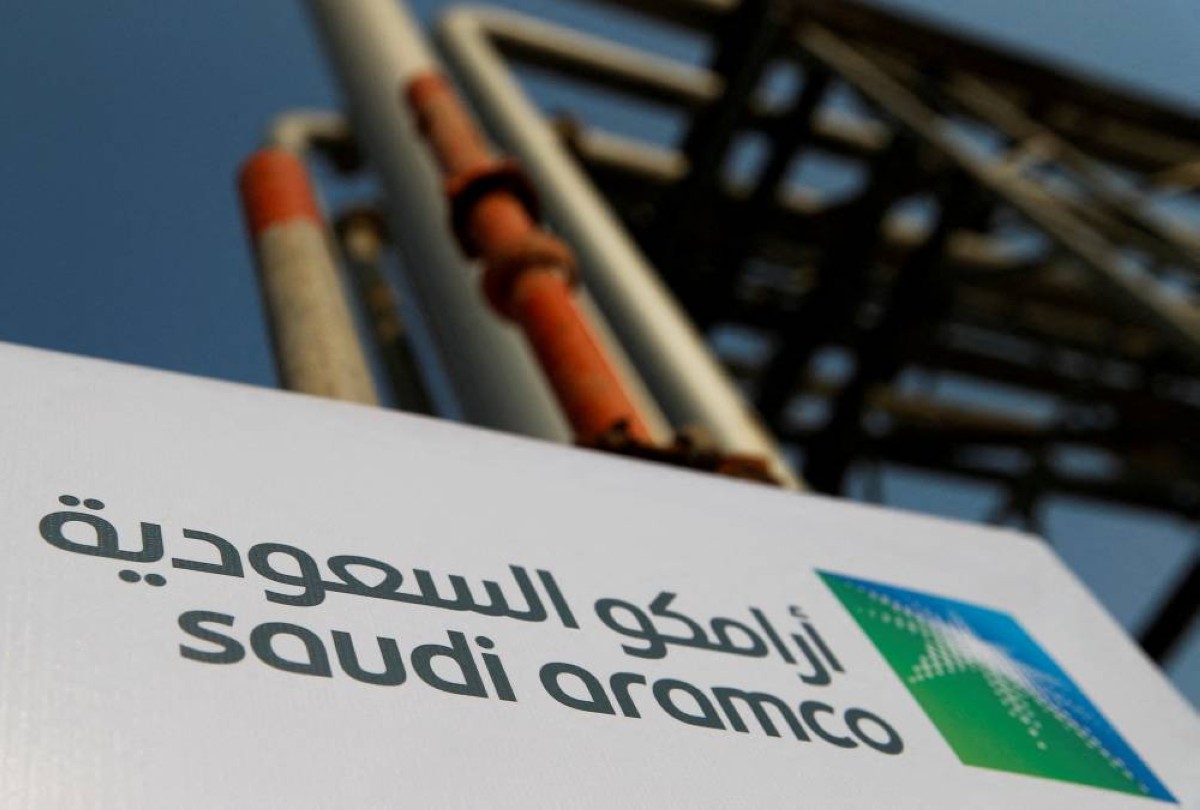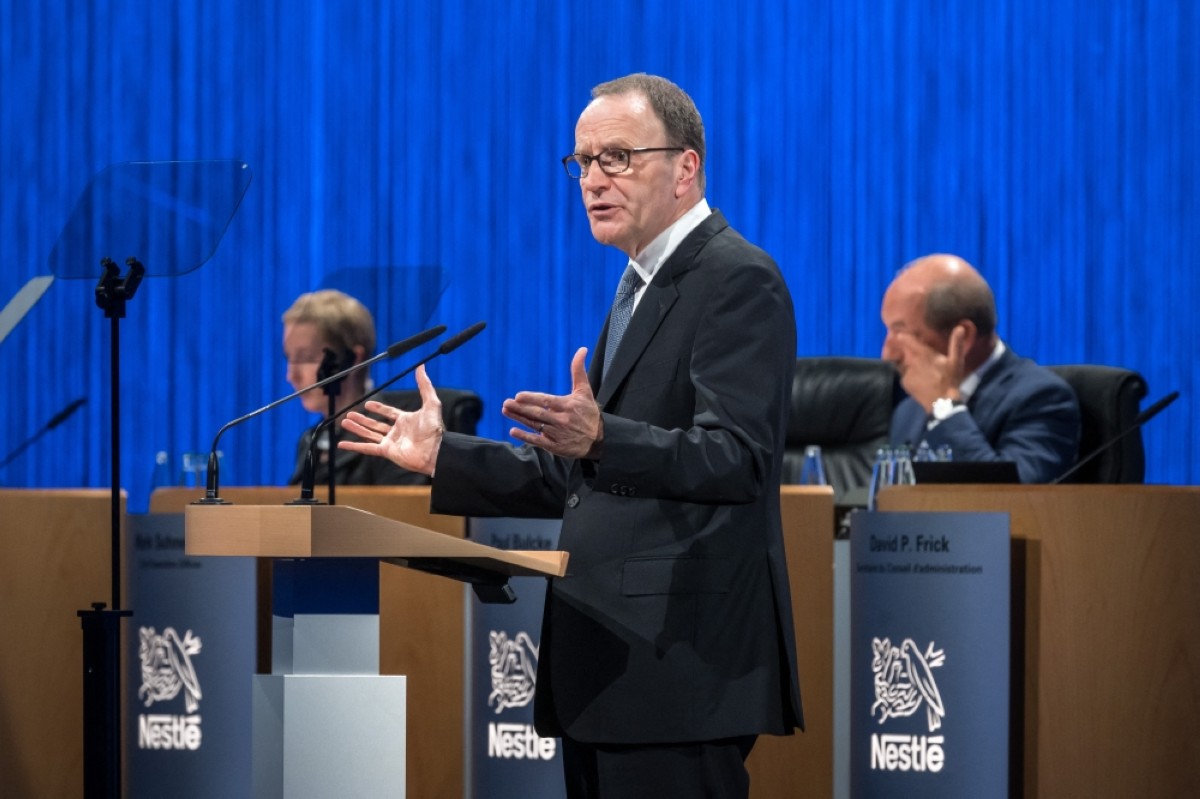Aramco stake sale brings rare foreign investment to Saudi
DUBAI: Saudi Arabia began preparing more than a year ago to sell a new chunk of state oil giant Aramco, targeting foreign investment that has lagged goals for years and is needed for an ambitious economic transformation.

Saudi Aramco logo is pictured at the oil facility in Abqaiq, Saudi Arabia. -- Reuters.
The preparations led by CEO Amin Nasser paid off. Over half of the $11.2 billion Aramco shares were sold to foreign investors, a far cry from five years ago, when they largely shunned its $29.4 billion initial public offering, citing concerns about risks around governance, regional geopolitics and the environment. Foreign money is critical for projects under Crown Prince Mohammed bin Salman’s Vision 2030 to diversify the economy and end the kingdom’s reliance on oil.
More than 100 new investors bought into the $1.8 trillion company, one source familiar with the matter said. It was not immediately clear how many of those were from outside the region, though the source said they included investors from the United States, Britain, Hong Kong and Japan.
Aramco said in a disclosure on Sunday its publicly held shares comprise international institutional investors with about 0.73 percent, domestic institutions holding roughly 0.89 percent and retail investors owning around 0.76 percent.
The kingdom needs funds after years of spending lavishly on projects including trying to merge its LIV Golf with the PGA Tour, and with Aramco pumping oil at three-quarters its total capacity as part of agreements with producer group OPEC+, analysts and sources familiar with the matter said.
Driving the giga-projects, including a futuristic city in the desert, at the heart of Vision 2030 is the $925 billion Public Investment Fund (PIF), the kingdom’s sovereign wealth fund doing much of the spending at home and abroad. Analysts have repeatedly said the PIF, which made a loss of $15.6 billion in 2022, is investing in ventures that have yet to yield sufficient returns. For example, it has invested around $6.4 billion since 2018 into electric carmaker Lucid. “Everything points to a kingdom seeking to amass cash in any way possible, with the end goal of keeping the giga-projects on track,” said Jim Krane, research fellow at Rice University’s Baker Institute in Houston.
Saudi Arabia and its state-owned entities have already raised tens of billions of dollars in debt this year. The kingdom can continue to raise debt comfortably for now, analysts have said, despite debt-to-GDP soaring to 26.2 percent at the end of March from just 5.7 percent at the end of 2015.
Saudi Arabia has posted a budget surplus only once since 2014, in 2022 - when Brent crude averaged around $100 and Aramco posted a record $161.1 billion in profit. Aramco has helped lift FDI previously. In 2021 and 2022, inflows increased significantly after the company signed lease-and-leaseback agreements for its oil and gas pipeline networks with the likes of BlackRock and EIG.
Even with those deals, FDI remained far from the $100 billion by 2030 goal, peaking at $32.8 billion in 2022. FDI last year was $19.2 billion, under a fifth of the target and less than 3 percent higher than in 2018. “Since foreign investors weren’t interested in direct ownership of those projects, the Saudi government has managed to bring in outsiders’ cash via the alternate route of Aramco shares,” Krane said.
Saudi Arabia remains among countries emerging-market asset managers are most underweight in, and foreign ownership had fallen in Aramco in the six months preceding the share sale, said Steven Holden, founder of Copley Fund Research.
“At some point, one hopes the Saudi government can improve its institutional profile to the extent that foreigners feel comfortable putting their cash to work into the kingdom,” Krane said. – Reuters.











